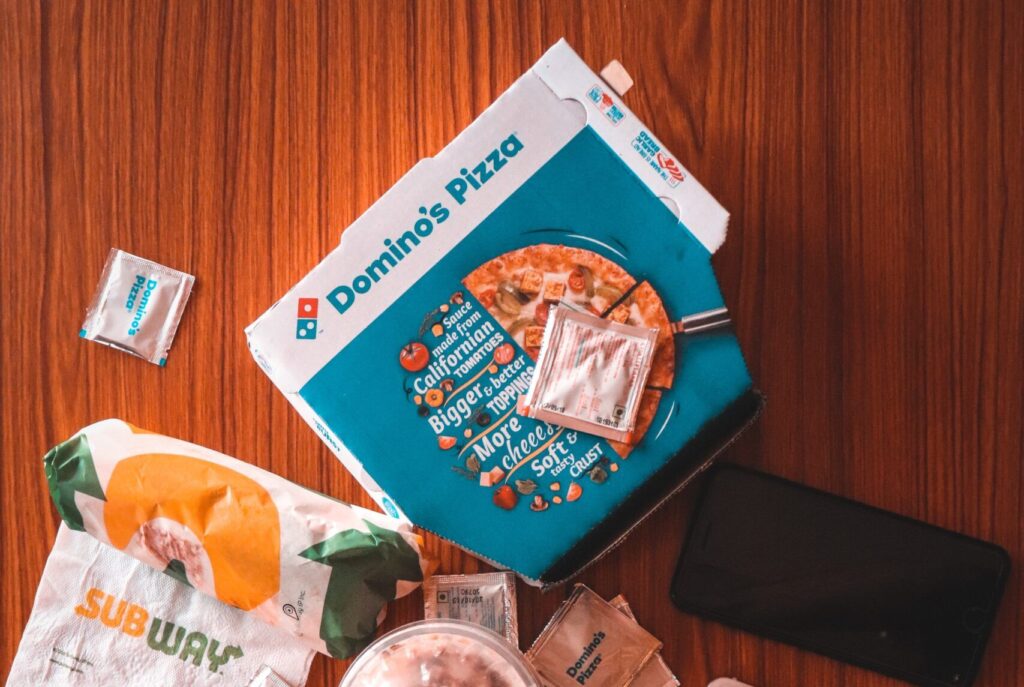When the Americans with Disabilities Act (ADA) passed into law in 1990, very few people could have anticipated how the internet would ultimately transform society and business.

The landmark civil rights legislation, which was amended in 2008, is divided into five sections, each handling a different area. These sections “[guarantee] equal opportunity for individuals with disabilities in public accommodations, employment, transportation, state and local government services, and telecommunications,” with a broad emphasis on physical impediments. But the law failed to anticipate our digital world – one where websites and apps play a central role for so many businesses and lives.
That oversight has opened the door to myriad lawsuits alleging accessibility issues with websites under Title III, or ‘Public Accommodations.’ Title III, which requires businesses to “take steps necessary to communicate effectively with customers with vision, hearing, and speech disabilities,” forms the core of many of the lawsuits flooding courts around the country. Now Domino’s Pizza is petitioning the Supreme Court to definitively answer an important question: to what extent does the ADA apply online?
Domino’s Pizza LLC v. Robles
Domino’s Pizza LLC v. Robles was filed by Guillermo Robles in 2016. Robles, who is blind, alleges that he was unable to order custom pizzas from Domino’s website, even with screen reading software. Robles sued the pizza maker, which became one of many businesses on the receiving end of a website compliance lawsuit, most being in retail, food service, and travel industries. The ensuing back-and-forth through the legal system continues to this day.
In an initial ruling, a California judge dismissed the lawsuit while acknowledging that the ADA did apply to websites. He determined, however, that Domino’s “due process rights would be violated because the Department of Justice has never made good on its obligation to issue guidance on exactly how websites and apps should comply with Title III of the act.” A three-judge panel in the Ninth Circuit Court of Appeals disagreed, with Circuit Judge John B. Owens explaining that “the Constitution only requires that Domino’s receive fair notice of its legal duties, not a blueprint for compliance with its statutory obligations.”
Domino’s is now spearheading the movement to define a regulatory standard, in conjunction with the U.S. Chamber of Commerce and the nation’s largest retailers. The business group’s petition to the Supreme Court to hear the case highlights what the company feels is the crux of the problem with a piecemeal regulatory environment: “No one can tailor their online presence to fit different rules in different circuits.”
What’s Next?
There is no single reason for the glut of compliance lawsuits – 2,200 in 2018, says UsableNet, or almost three times the number filed in 2017 – but the lack of a regulatory framework is a likely contributor. The Department of Justice declined to introduce regulations in 2017 despite a 2010 statement that they would do so; meanwhile, Scott Topolski of law firm Cole Schotz told CNBC that a 2017 lawsuit, Gil v. Winn Dixie Stores, “probably emboldened attorneys, certainly here in Florida and probably throughout the country” to file lawsuits when it ruled that Winn Dixie was required to make their website accessible.
Defendants have argued that the cases are simply a way to earn settlements, but Eve Hill, an attorney with a history of taking accessibility cases for the National Federation for the Blind, told the Washington Post that that is not the case. The Ninth Circuit Court of Appeals’ decision “breaks no new ground”; instead of leaving companies adrift, it offers an opportunity for companies to “comply in different ways.” The climbing number of legal cases is proportional to the increase in websites and apps, she argues, clarifying that her client’s goal is to ensure compliance, not engage in “stick-up lawsuits.”
Ultimately, it is to businesses’ advantage to create accessible websites, says National Federation of the Blind representative Christopher Danielsen to CNBC. “There is a ton of space for innovation in this area,” he added. “Rather than refusing to take the money of those of us with disabilities, why not innovate and take our money?” Businesses argue that they have not attempted to make their websites inaccessible – rather, they want clarity as to the scope of website accessibility.
The digital world is an inescapable reality that all parties acknowledge – what parts of that world qualify as public accommodations, however, remains in question. The potential case could potentially bring clarity to a muddled landscape, but the Supreme Court has yet to rule on the petition. Until then, it appears that uncertainty reigns.







